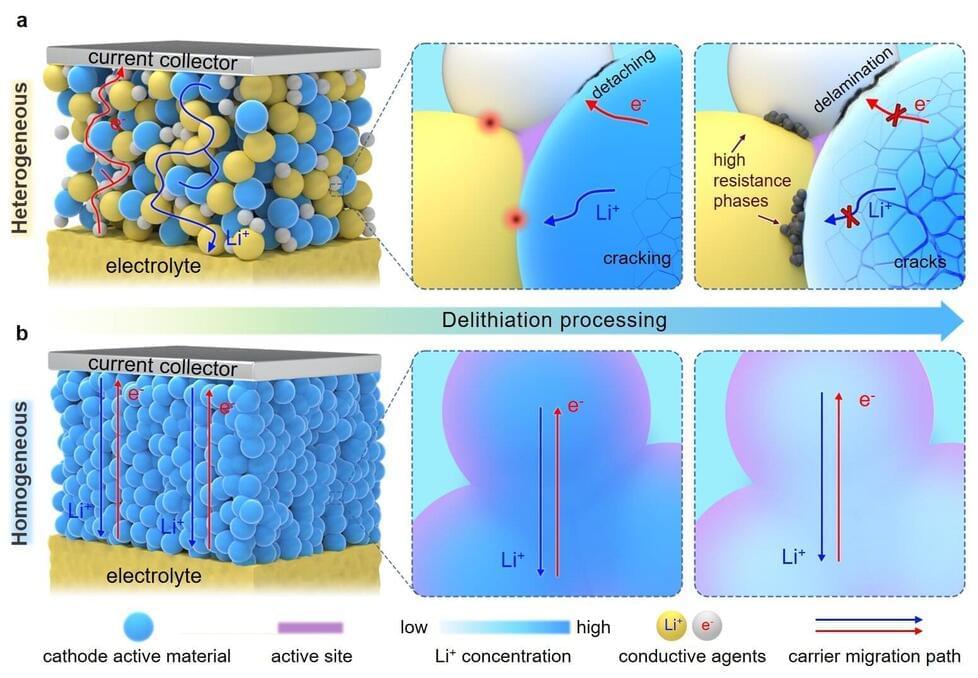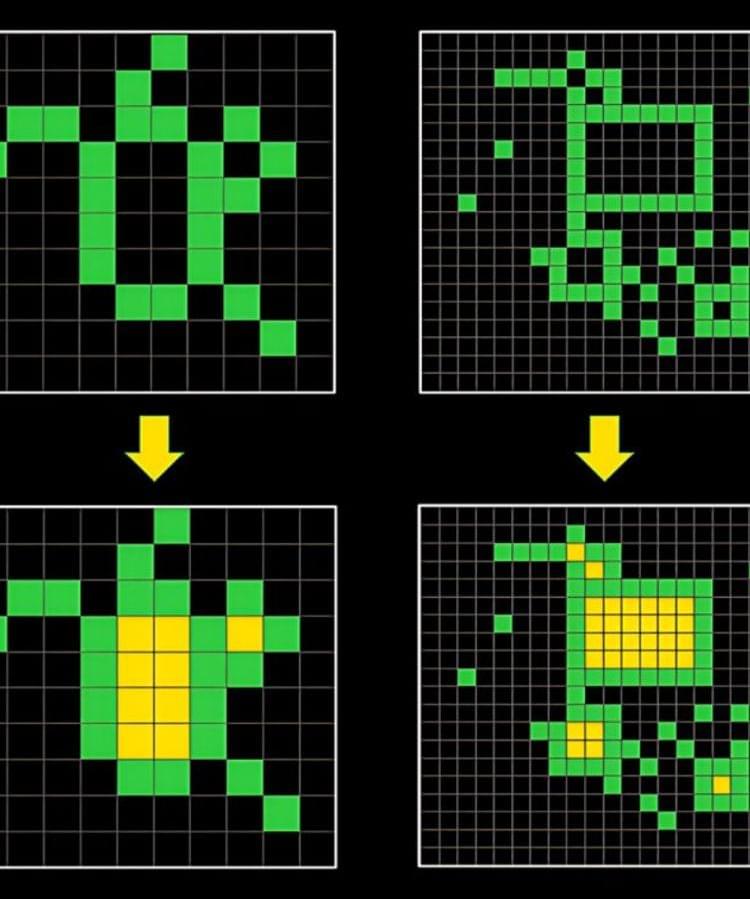Many celestial bodies in the Universe are rotating, It is thus of great astrophysical interest to find exact metrics describing rotating, axially symmetric, isolated bodies. In the literature, many methods have been developed (see for example [
Get the latest international news and world events from around the world.


Paper page — Visual Riddles: a Commonsense and World Knowledge Challenge for Large Vision and Language Models
Visual riddles a commonsense and world knowledge challenge for large vision and language models.
Visual Riddles.
A commonsense and world knowledge challenge for large vision and language models.
Imagine observing someone scratching their arm; to understand why, additional context would be necessary.
Join the discussion on this paper page.

Navigating The Looming AI Energy Crunch
Brandon Wang is vice president of Synopsys.
The rapid development of AI has led to significant growth across the computing industry. But it is also causing a huge increase in energy consumption, which is leading us into an energy crisis. Current AI models, especially large language models (LLMs), need huge amounts of power to train and run. AI queries require much more energy than traditional searches; for example, asking ChatGPT a question consumes up to 25 times as much energy as a Google search. At current rates of growth, AI is expected to account for up to 3.5% of global electricity demand by 2030, twice as much as the country of France.
We need to address this issue urgently before it becomes unsustainable. If we don’t, the impact could threaten sustainable growth and the widespread adoption of AI technologies themselves. Fortunately, there are a number of pathways toward more energy-efficient AI systems and computing architectures.
Adding thin layer of tin prevents short-circuiting in lithium-ion batteries
Lithium-ion batteries have a lot of advantages. They charge quickly, have a high energy density, and can be repeatedly charged and discharged.
They do have one significant shortcoming, however: they’re prone to short-circuiting. This occurs when a connection forms between the two electrodes inside the cell. A short circuit can result in a sudden loss of voltage or the rapid discharge of high current, both causing the battery to fail. In extreme cases, a short circuit can cause a cell to overheat, start on fire, or even explode.
A leading cause of short circuits are rough, tree-like crystal structures called dendrites that can form on the surface of one of the electrodes. When dendrites grow all the way across the cell and make contact with the other electrode, a short circuit can occur.

Researchers pioneer new approach to enhance all-solid-state lithium batteries
Researchers at the Qingdao Institute of Bioenergy and Bioprocess Technology (QIBEBT) of the Chinese Academy of Sciences, along with collaborators from leading international institutions, have introduced an innovative cathode homogenization strategy for all-solid-state lithium batteries (ASLBs).
This new approach, detailed in their recent publication in Nature Energy on July 31, significantly improves the life cycle and energy density of ASLBs, representing an important advancement in energy storage technology.
Current ASLBs face challenges due to heterogeneous composite cathodes, which require electrochemically inactive additives to enhance conduction. These additives, while necessary, reduce the batteries’ energy density and cycle life due to their incompatibility with the layered oxide cathodes, which undergo substantial volume changes during operation.

More with less: Researchers map a more sustainable path to home construction in Canada
Adopting the right mix of sustainable construction practices could allow Canada to meet its housing goals—as many as 5.8 million new homes by 2030—without blowing past its climate commitments.
Researchers in the University of Toronto’s Centre for the Sustainable Built Environment (CSBE) have developed a computer simulation that forecasts the emissions associated with new housing and infrastructure construction. The paper is published in the journal Environmental Science & Technology.
The work builds on previous CSBE research showing that in order for Canada to meet its greenhouse gas emissions targets, homes built in 2030 will need to produce 83% fewer greenhouse gases during construction than those built in 2018.
Which Biomarkers Are Most Predictive Of Biological Age?
Join us on Patreon! https://www.patreon.com/MichaelLustgartenPhDDiscount Links/Affiliates: Blood testing (where I get my labs): https://www.ultalabtests.com/.…

